Pest Control History and Mystery: Evolution, Innovation, Importance, and Future
While plants, animals, or microorganisms are part of the environment and have their own pros, they could be considered pests if they occur in large numbers. As pests, they could conflict with people’s convenience, welfare, profit, or health. They contaminate food sources, create an environment of fear and distress, destroy crops and livestock, increase the risk of health-related problems, or create damage to machinery, equipment, and property. Among pests, termites, bed bugs, cockroaches, spiders, ants, bees (wasps), and rodents are the most common ones, and various methods of pest control have been carried out to control or exterminate them.
But the question is, were our ancestors struggling with the same pest issues in the past?! And how would they get rid of them? Let’s take a brief look at the early history of pest control and the efficiency of traditional methods.
Early History of Pest Control and Its Evolution
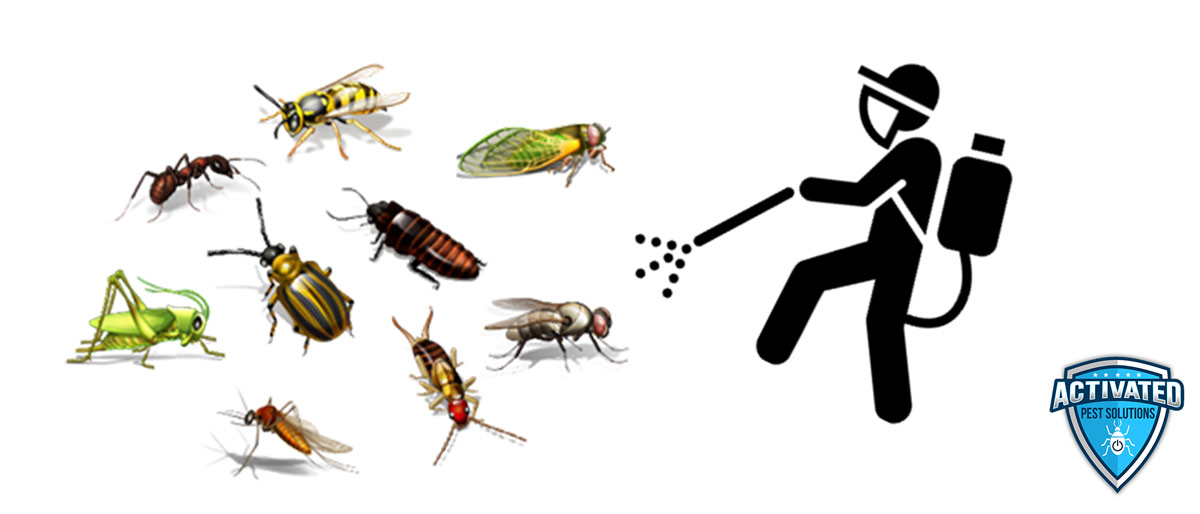
It is believed that agriculture was developed 10,000 years ago, but the first recorded instance of dealing with pests, and pest control dates back to 4500 years ago when the ancient Sumerians used sulfur compounds to kill insects. A substance that could disrupt their normal body function and inhibit the respiration of insects and other small pests. But it wasn’t the only method throughout the history.
Fire was also widely used by ancient Egyptians to drive locusts into the sea. Also, the Greek philosopher and mathematician Pythagoras proposed to drain pools of stagnant water to reduce the spread of malaria.
Also, arsenic was used in ancient Rome for controlling the gypsy moth, However, due to its poisonous nature it wasn’t practiced for a long time and soon it fell out of favor.
Gradually natural treatments became more preferable in the Renaissance period and old methods began to get replaced by methods such as physical destruction, fumigation, trapping, and poisoning.
Physical Destruction
It refers to the actual attacking of pests and destroying them by hand or mechanical controls, which is not 100% reliable. Usually, bugs, ants, rodents, etc. find their way back and sometimes it’s impossible to remove them from their natural habitats by this traditional method.
Fumigation
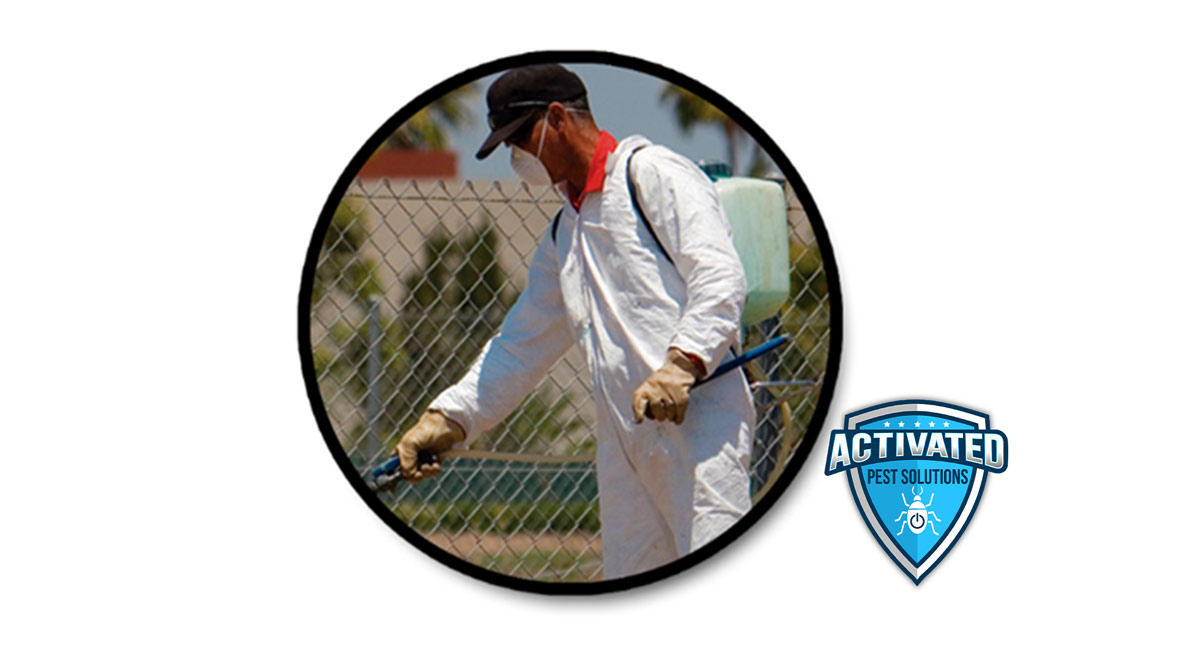
Using chemical smoke to exterminate pests is called fumigation. It is practiced by creating a sealed environment before releasing the fumigant. While this method seems to be more efficient, many people prefer not to use it since pesticides, gases, and chemicals can be harmful to both human beings and the environment in its traditional way.
Trapping
There are different types of traps such as:
- Chromatic traps: They are usually adhesive-colored traps (yellow, blue, black) their power of attraction isn’t that high and also, and they might capture beneficial insects as well.
- Pheromone traps: A synthetic attractant is used in them to simulate the natural pheromone which is emitted by females to attract males. But it just attracts males!
- Water traps: They consist of a pheromone diffuser which is placed in the center of a sheet of water, a water trough, and a plastic cage. when an insect touches the water, it can no longer fly. However, it is not environmentally friendly and also, it’s so time-consuming.
- Transparent tapes: They are so popular for greenhouses, but their installation is so important, and due to the dust during the installation their effectiveness could be limited.
- Light traps: It is also called the ILTs method in which mostly blue lamps are installed to emit light (at the ultraviolet wavelength) and attract insects. Although it has high efficiency and it’s non-toxic, they have selectivity which means they just attract certain groups of insects and they might catch unintended insects as well.
Poisoning
One of the most common methods of eliminating pests is using poison or pesticides. In addition to the fact that It is so effective, it can kill a wide range of pests too. Moreover, in large-scale pest management, this method is cost-effective too. However, It has its downsides as well, like some kinds of pesticides might persist in the environment and harm wildlife and humans. And again, if it isn’t done properly by experts, it could harm non-targets as well. Moreover, pests might become resistant to some kinds of pesticides, which makes pest controllers use stronger chemicals which leads to some health risks.
Pest Control Innovation
As traditional pesticides and methods had their own downsides, Pest control chemical manufacturing has tried for many years to focus on more environmentally friendly methods, which are at the same time more sustainable. The latest innovations in pest control are listed below:
Repellents:
To keep our settling safe different types of repellents such as natural (derived from plants), chemical (synthetic compounds), and electronic repellent (which emits high-frequency sound waves or vibration) are used. The taste, scent, or other sensory experiences are used to keep pests such as rodents and insects away from crops, houses, or gardens.
Plant-incorporated protectants (PIPs):
As the name suggests, in this technique plants which have been produced genetically as modified plants, could provide a built-in defense against pests themselves. Since in this approach, plants are engineered to produce proteins, which act like a type of pesticide (with some poetical properties), this method can reduce the use of pesticides. Moreover, it’s more targeted and less harmful and it can be effective for a longer period of time.
Reduced-risk pesticides:
These types of pesticides are formulated and designed to reduce the pesticides’ harmfulness by exploiting methods in which they can be more targeted while their toxicity is less. Besides these, they are less likely to develop pest resistance and also, they have a lower environmental impact.
Precision pest control:
Monitoring, analysis, treatment, and evaluation are the main steps of this method. In this method, while they are trying to precisely exterminate target pests, also they try to minimize its effects on non-target organisms and the environment.
Nanotechnology:
Not only in pest management but also in other industries use of materials and devices at the nanoscale (typically between 1 and 100 nanometers) has emerged in recent years. With applications of different technologies, it has revolutionized pest control to a great degree. The technologies include nanosensors, nanoparticle-based pesticides, nanomaterial-based traps, nanomaterial-based traps, and also nanoparticle-based repellents.
Advanced biopesticides:
Unlike traditional pesticides, these types are eco-friendlier and they are derived from plants, bacteria, and fungi, which are natural. And also, the risk of attacking non-targets is so low in them.
Microbial pest control:
In this method, microorganisms are used to control pest populations. As viruses, fungi, nematodes, and bacteria naturally exist in the environment, they can be exploited to target just a specific pest and no other beneficial insects.
Insect hormones:
To become more targeted and also more environmentally friendly in comparison with traditional pesticides, one type of hormone which is called insect growth regulator (IGR) could be used to mimic the insect hormones and therefore interfere with their normal growth, development, and reproduction.
Gene silencing:
Recently scientists in pest control management have discovered that by eliminating or reducing specific genes in organisms, we can disrupt the biological process of pests and therefore reduce their population size to a great degree. The two main approaches in this technique are RNA interference (RNAi) and CRISPR/Cas9 gene editing.
Integrated pest management (IPM):
Finally, in this holistic approach, different methods are combined to get the most effective and sustainable results in pest management. The goals are focusing on prevention, monitoring, minimizing their harmful effects on humans, and achieving a more lasting solution.
Not sure what method in pest control helps you most to get rid of pests? Consult with our pest control professionals just right now as your local exterminator:
The Importance of Pest Control: Why Is It So Crucial?
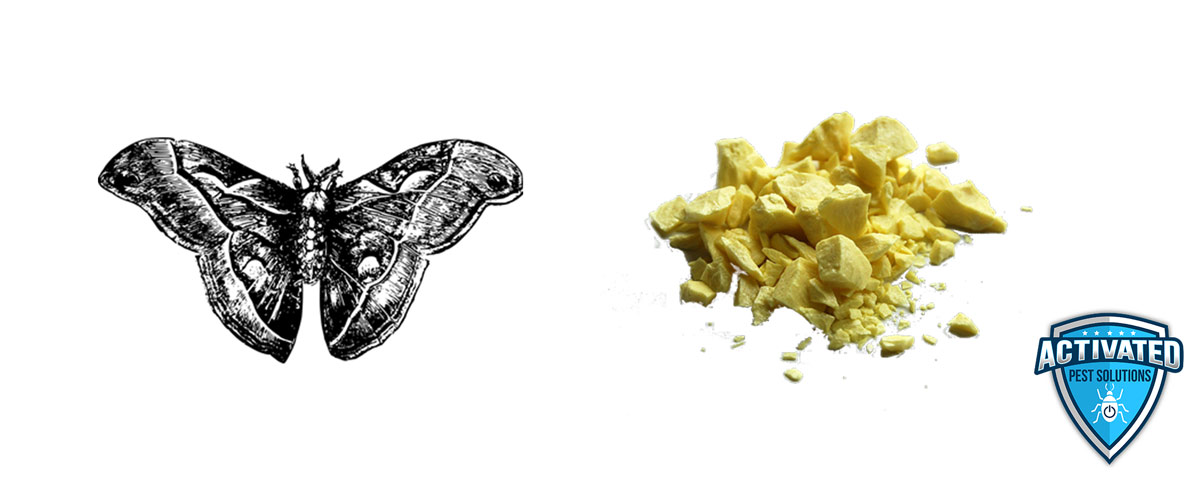
- Pest control or pest exterminator (such as ant exterminator, mouse exterminator, wasp/bee exterminator, or insect exterminator) is crucial in minimizing food waste and reliance on chemical pesticides. Although using pesticides is sometimes inevitable, hesitating to take action on time might make you use excessive amounts of strong pesticides which might have other consequences as well.
- Maintaining food sanitation and preserving its quality are also important, Pests can contaminate the crops or food products during their cultivation, storage, or transportation. Using some approaches and techniques like integrated pest management (IPM) helps farmers to get assured of the required quality for their products and even prevent their products from getting attacked by different pests such as rodents, which could cause significant financial damage.
- Since the existence of some pests such as cockroaches, insects, and dust mites can lead to some allergies, respiratory issues, or some diseases, preventing, controlling, and terminating them with pest solutions and other approaches are crucial.
- Almost No one can resist the stress and anxiety after they find out about the termites in the kitchen cupboards, bed bugs, rodents in the pantry, cockroaches in the bathroom, or ants in the bedroom. Pest control helps you with your psychological well-being in these cases.
- And the last reason but not the least, deals with economic reasons. Since pests such as rodents, termites, and carpenter ants can be so harmful to your property, it’s been suggested regular pest control measures in any environment especially the most likely places should be exploited.
Future Trends in Pest Control
The pest control industry tends to focus more on factors that are more sustainable and environmentally friendly. As stated above, some approaches that are usually considered to decide about the effectiveness and efficiency of pesticides or any other approaches are as follows:
Safe for humans and environment: using some methods such as biological control can guarantee human and environment safety, since natural predators, pathogens, or parasites are used in this method. Moreover, a lot of pest control companies are using organic products which are effective alternatives to conventional pesticides.
More targeted: Applying methods such as integrated pest management (IPM) can lead to more humane approaches in which beneficial organisms will not get hurt. By using several methods together in this approach, such as chemical, cultural, and biological, it is tried to minimize the use of pesticides too. Also, in genetic control by the development of genetically modified organisms (GMOs)specific groups of pests could be targeted.
Sustainability: It is crucial to implement methods to maintain the natural functioning ecosystems, while they are effective for a long time and reduce the need for applying the extensive pesticide again. Integrated approaches could be a really good option for this end since they combine different strategies to prevent pest control before they occur.
Accuracy and efficiency: Detecting and monitoring pest infestations on time needs some sensors, drones, and artificial intelligence. Using digital and smarter technologies in the future can lead to more targeted and precise pest control interventions and solutions.
FAQs: Still Have a Question?
Q: Can I get rid of a pest infestation using DIY methods?
A: They might be effective for minor infestations, but more severe ones require professional experts in pest control companies to treat them in a safer and more sustainable way.
Q: When should we call a professional pest control company?
A: Some pests are really difficult to eradicate on your own such as termites or bed bugs. Also, when there is a severe infestation don’t hesitate to call a pest control company as soon as possible. The sooner, the better!
Q: How do I know if I have a pest infestation?
A: hearing unusual sounds, chewed wires or furniture, unusual smells, droppings, nests or burrows and of course sighting the pests themselves are some common signs that mean it’s happening somewhere near you! Also, you can give us a call. Free Pest Control Consultation is available in our company.
Q: What kind of pest control programs do you offer?
A: professional pest control services offer a range of programs tailored to different types of pests, such as bed bug treatment, rodent control, termite exterminator, mice exterminator, and general pest control. At Final Exterminators, we offer a range of programs for each occasion to suit the specific needs of you.
Saying Goodbye to Pests: Fast and Effective Pest Control in Menifee, CA
Throughout the history of pest control, many methods have been practiced from the widespread use of sulfur to poisoning or use of synthetic chemicals. As they had significant negative results on the environment, there has been a push toward more environmentally friendly and sustainable methods. The most effective pest control methods are most likely those that prioritize sustainability and ecological balance.
In our company, by using integrated pest management approaches, which combines different strategies, we are ready to give you all kind of services such as one-time, monthly, or quarterly for pest inspection and pest control, bed bug treatment, termite inspection, termite treatment, cockroach extermination, etc. Activated Pest Solutions in & near Menifee is the last company you need to be acquainted with to get rid of your pests. So, if you are currently struggling with pests, don’t hesitate to give us a call at
.

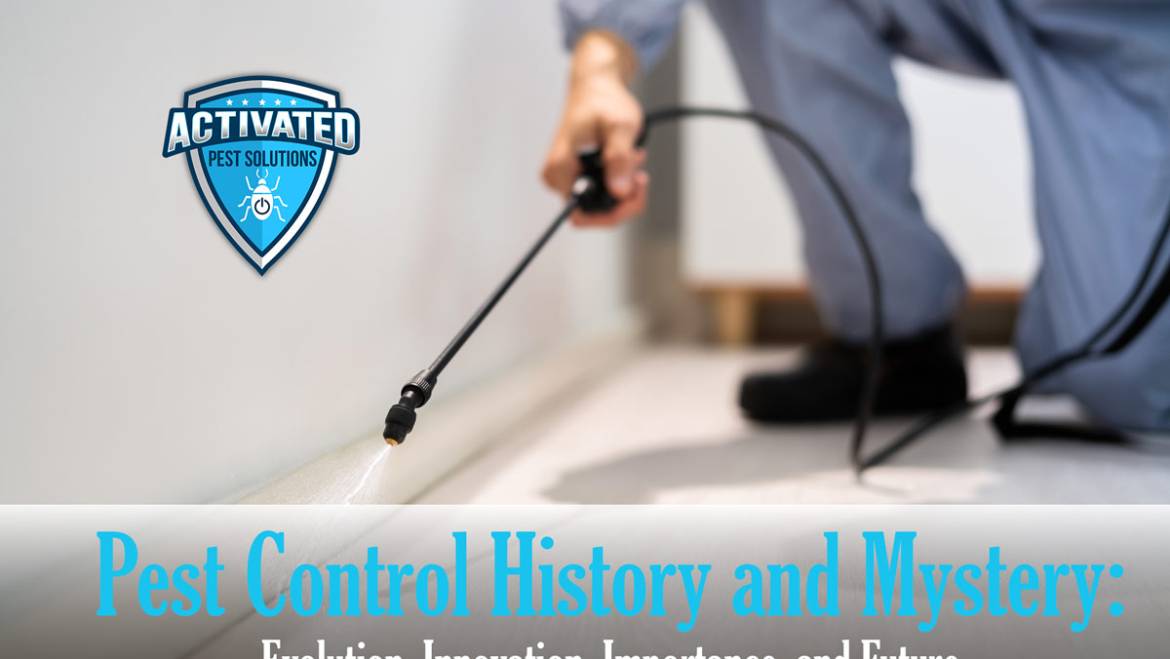
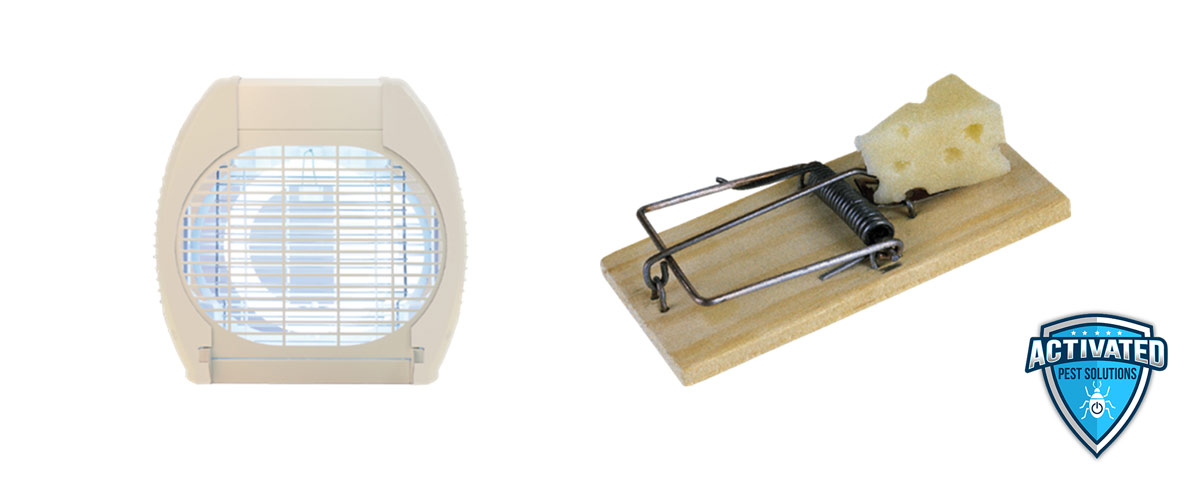
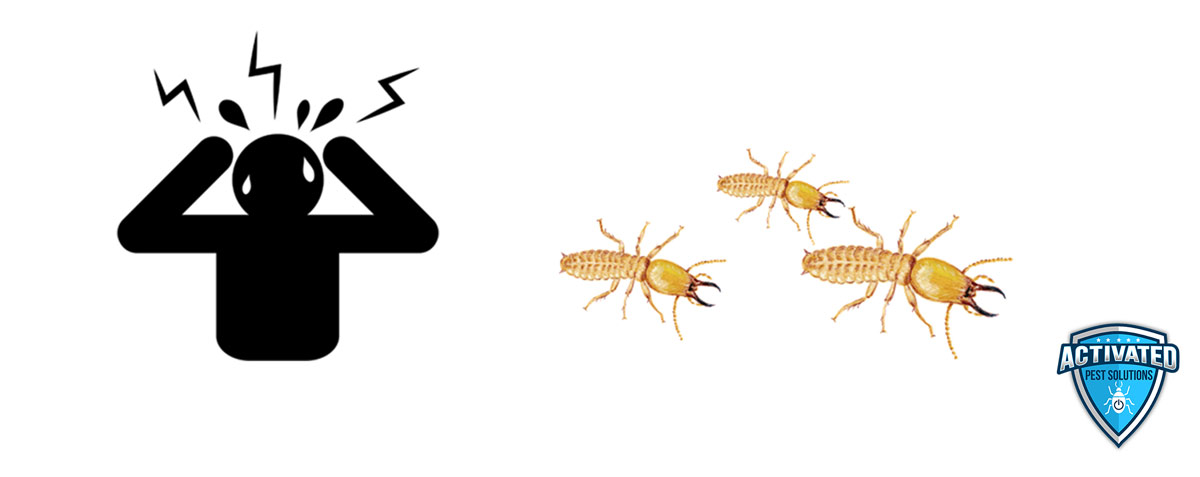
Add Comment